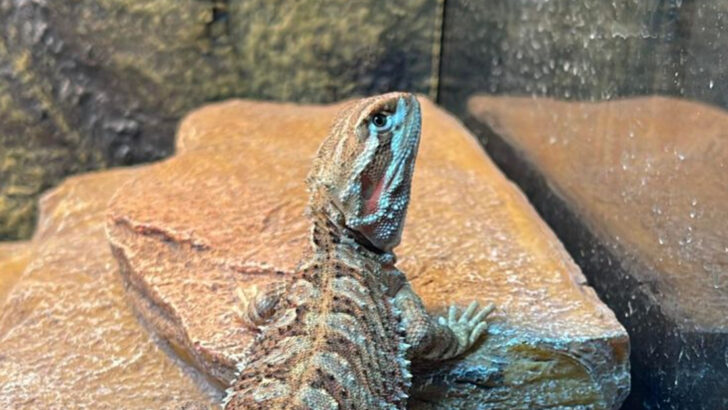Bearded dragons aren’t just lizards—they’re tiny, scaly warriors with big personalities. Some are laid-back sunbathers, while others rule their territory with dramatic head bobs and flared beards. If you thought there was only one type of bearded dragon, buckle up, because there are eight—each with its own quirks, colors, and temperaments.
From the friendly, easygoing Central Bearded Dragon (the king of the reptile pet world) to the elusive Drysdale River Dragon (so rare it might as well be a myth), these creatures are as fascinating as they are diverse. Some thrive in scorching deserts, others in dense woodlands, and a few even call remote islands home.
Whether you’re looking for a cuddly (okay, relatively cuddly) reptile companion or just curious about these spiky little adventurers, we’re diving into what makes each species one of a kind. Let’s get into it—who’s your bearded dragon match?
Central Bearded Dragon (Pogona vitticeps)
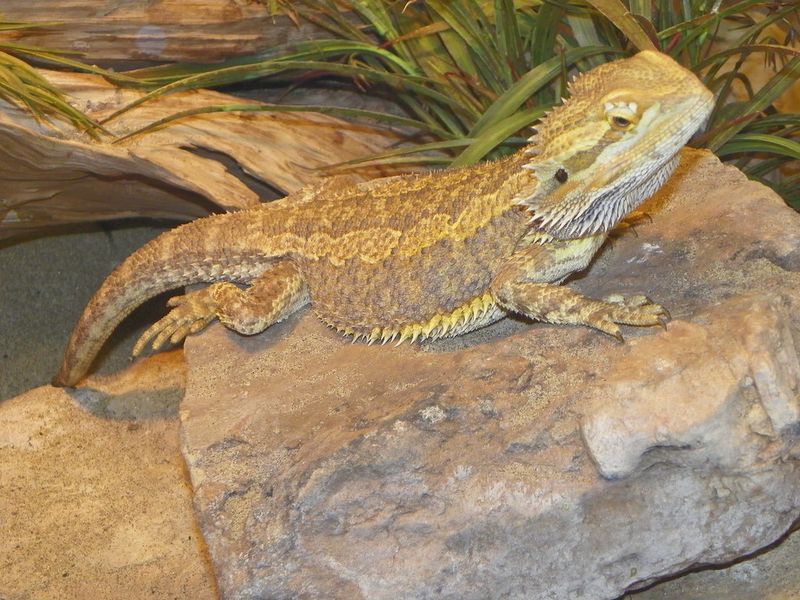
The Central Bearded Dragon is by far the most well-known and widely kept species in captivity. Native to the arid and semi-arid regions of central Australia, it thrives in hot, dry environments with sparse vegetation. This species can grow up to 60 cm (24 inches) in length, including its tail, and has a robust body covered in spiky scales. Their colors range from tan, brown, and reddish hues to more vibrant morphs bred in captivity, such as citrus, hypomelanistic, and leatherback variations.
What makes the Central Bearded Dragon so popular is its calm and docile temperament. They are generally tolerant of handling, making them a great choice for first-time reptile owners. These dragons are also known for their expressive body language, such as head bobbing, arm waving, and beard flaring, which are used for communication. In captivity, they require large enclosures with UVB lighting, a basking spot, and a varied diet of insects, leafy greens, and occasional fruits.
Eastern Bearded Dragon (Pogona barbata)
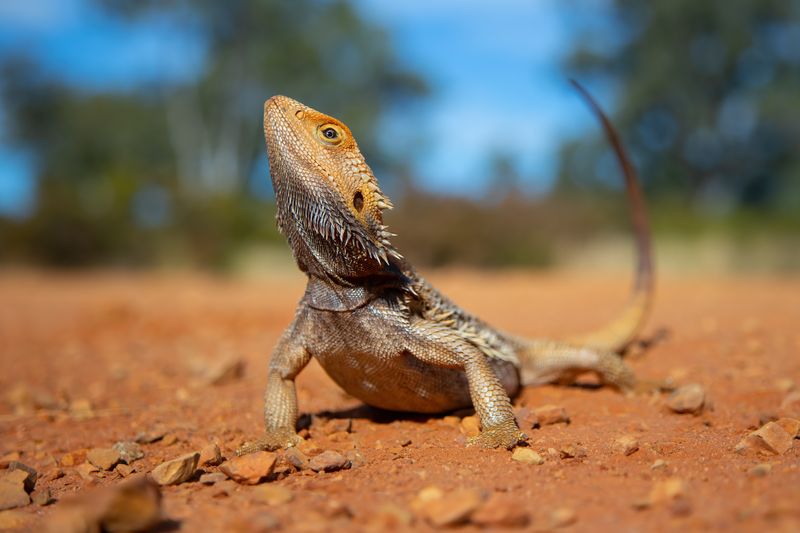
The Eastern Bearded Dragon is native to eastern and southeastern Australia, where it inhabits forests, woodlands, and scrublands. This species is larger and darker than the Central Bearded Dragon, reaching up to 60-70 cm (27 inches). Its body is covered in rough, spiky scales, and it often appears in shades of dark brown, gray, or black, which helps with thermoregulation.
Unlike Pogona vitticeps, the Eastern Bearded Dragon is known to be more territorial and defensive, especially in the wild. Males are particularly aggressive toward each other and will engage in dramatic displays of beard darkening and puffing up to establish dominance. While they can still be kept as pets, they require regular socialization from a young age to ensure they remain tame. In captivity, they need a spacious enclosure with plenty of climbing opportunities, as they are more arboreal than their central cousins.
Western Bearded Dragon (Pogona minor minor)

This lesser-known species is found in the dry, rocky regions of Western Australia. It is smaller than the Central and Eastern Bearded Dragons, typically growing between 35-45 cm (14-18 inches) in length. Its body is slender, and it has a distinct pattern of light and dark scales, helping it blend into its surroundings.
Due to its shy and secretive nature, the Western Bearded Dragon is not as commonly seen in captivity. In the wild, it prefers to hide under rocks and vegetation, emerging mainly in the mornings and evenings to bask and forage. While it can be kept as a pet, it requires more patience and careful handling than the Central Bearded Dragon, as it may be more skittish. Its diet consists of small insects, flowers, and vegetation, making it an adaptable feeder.
Dwarf Bearded Dragon (Pogona minor minima)
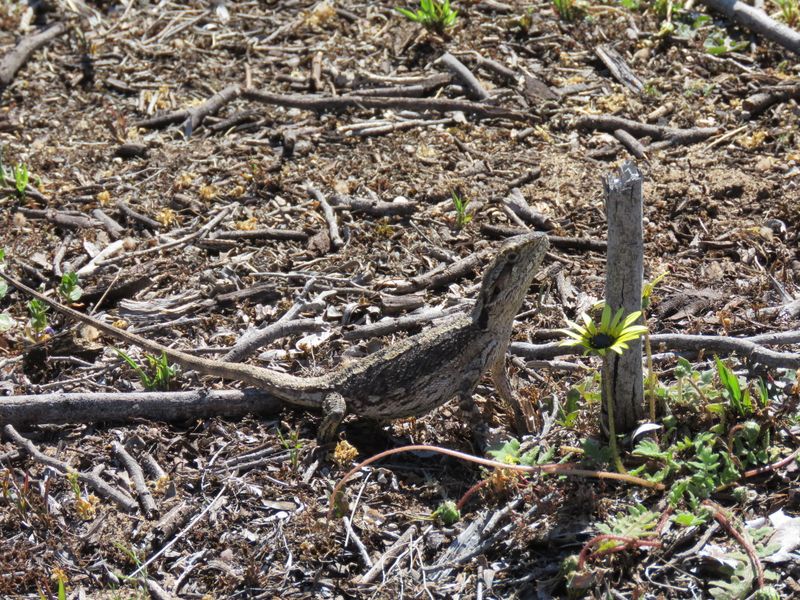
As the name suggests, the Dwarf Bearded Dragon is one of the smallest species, rarely exceeding 30 cm (12 inches) in length. It is native to the Houtman Abrolhos Islands, a remote island chain off the west coast of Australia. Due to its limited range, it is rarely seen in the pet trade and is more commonly observed in its natural habitat.
Unlike other bearded dragons, this species is highly adapted to island life, relying on a diet of small insects and coastal vegetation. It is also more skittish and less social, making it a challenging pet to keep. In the wild, it often shelters under rocks and driftwood to escape the intense island heat. While it shares many characteristics with its larger relatives, its tiny size and elusive nature set it apart from other bearded dragons.
Northwestern Bearded Dragon (Pogona minor mitchelli)
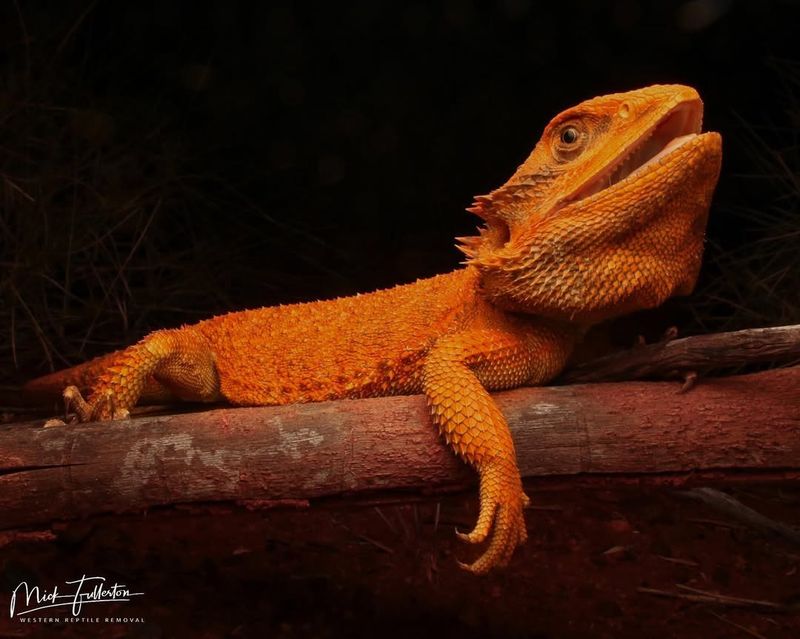
This species is native to the northwestern regions of Australia, where it inhabits rocky outcrops, dry woodlands, and open desert areas. It is slightly smaller than the Western Bearded Dragon, averaging 35-40 cm (14-16 inches) in length. It is recognized for its distinct scale patterns and more triangular head shape compared to its relatives.
While not commonly kept in captivity, the Northwestern Bearded Dragon shares many of the same behaviors as other species. It is diurnal (active during the day) and relies on basking spots to regulate its body temperature. Its diet consists of small invertebrates, vegetation, and flowers, making it an opportunistic feeder. Due to its limited distribution, little is known about its behavior in the wild, but it is believed to be solitary and territorial.
Drysdale River Bearded Dragon (Pogona microlepidota)
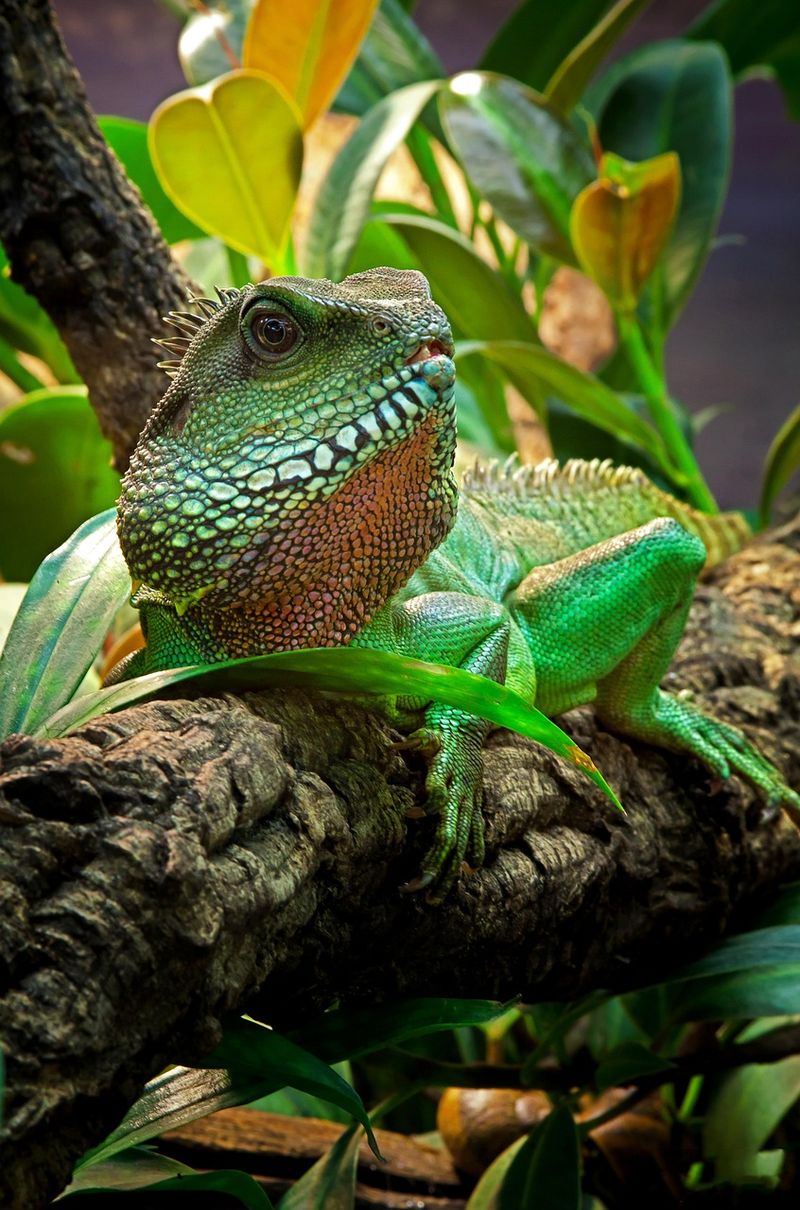
The Drysdale River Bearded Dragon is the rarest and least studied of all the bearded dragon species. It is found only in a small area in northern Australia, specifically around the Drysdale River region. It is also the smallest bearded dragon, with adults measuring just 15-20 cm (6-8 inches) in length.
Due to its remote habitat, very little is known about its diet, behavior, and reproduction. It is believed to be highly adapted to humid, tropical conditions, unlike its desert-dwelling relatives. The species is not available in the pet trade, and sightings in the wild are rare. Researchers continue to study its ecology to better understand its survival strategies in such a restricted range.
Nullarbor Bearded Dragon (Pogona nullarbor)
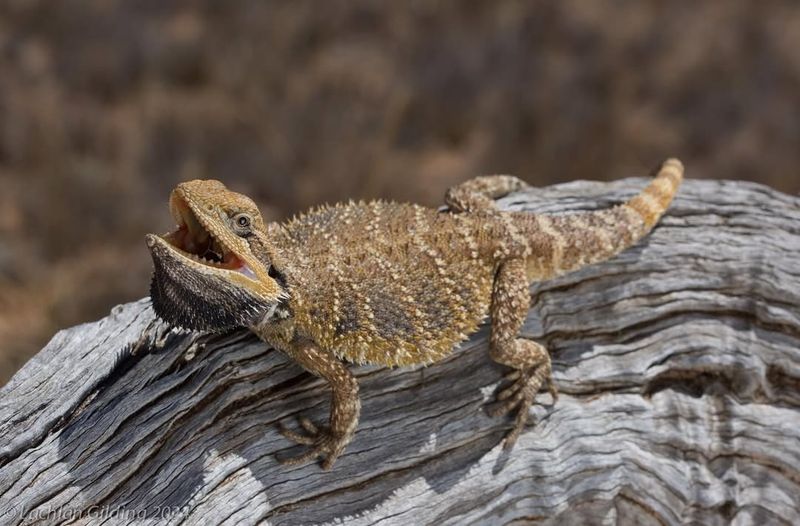
This species is found in the Nullarbor Plain, a vast, flat desert region in southern Australia. Unlike other bearded dragons, it has a flattened body and a unique pattern of bold markings that help it blend in with its surroundings. It is medium-sized, reaching around 35-40 cm (14-16 inches) in length.
The Nullarbor Bearded Dragon is rarely seen in captivity, as its natural habitat is harsh and remote. It is known to burrow in sandy soil to escape the extreme temperatures of the desert. Like other bearded dragons, it is an omnivore, feeding on small insects, flowers, and leaves. Its elusive nature and specialized habitat make it one of the least commonly kept species.
Lawson’s Bearded Dragon (Pogona henrylawsoni)
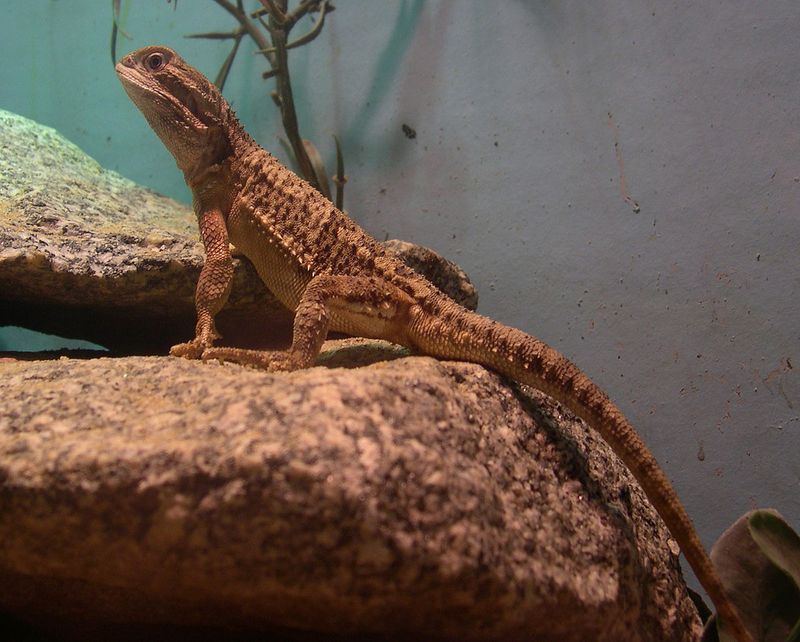
Also known as Rankin’s Dragon, this species is smaller and stockier than Pogona vitticeps, growing up to 30-35 cm (12-14 inches). It is native to the arid regions of Queensland, Australia, where it lives in dry scrublands and rocky areas. Unlike its larger cousin, it is more social and active, making it a popular alternative for those who want a smaller bearded dragon.
Lawson’s Dragons are friendly, curious, and less territorial than other species, making them ideal for beginner reptile keepers. They require similar care to the Central Bearded Dragon, including a warm basking spot, UVB lighting, and a diet of insects and vegetables. Due to their smaller size and calmer temperament, they are easier to house in smaller enclosures and tend to be more interactive with their owners.

